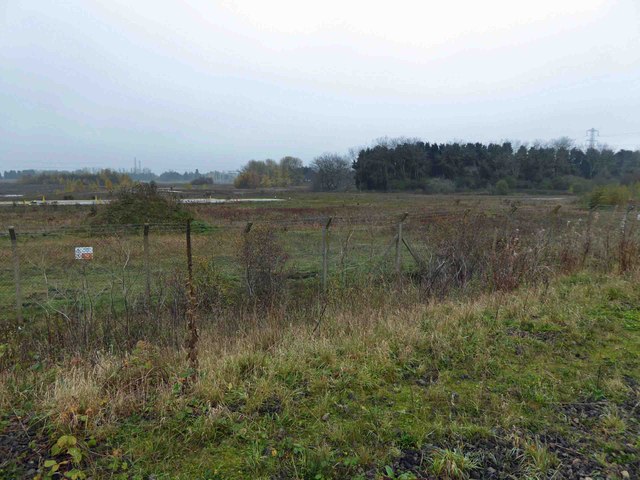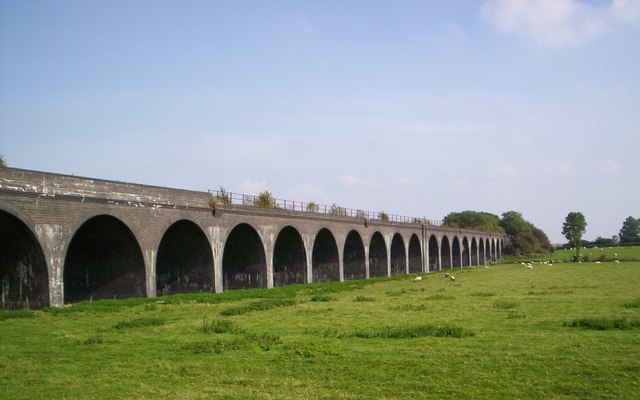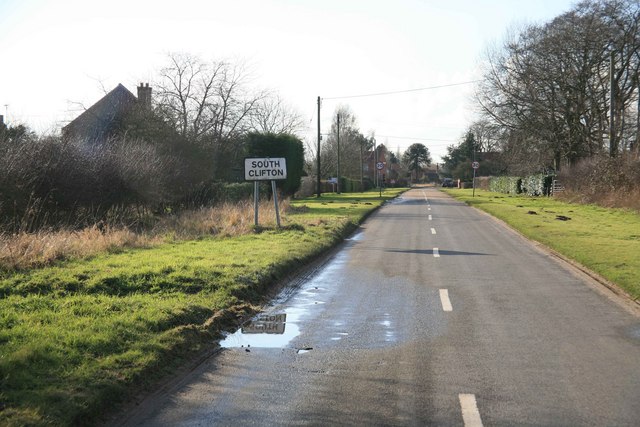Clifton, North
Settlement in Nottinghamshire Newark and Sherwood
England
Clifton, North
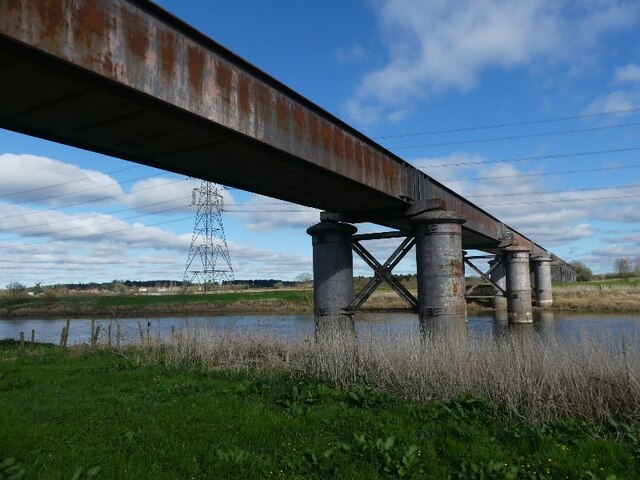
Clifton is a small village located in the North of Nottinghamshire, England. Situated approximately 6 miles south of the city of Nottingham, it is nestled within the picturesque countryside and offers a peaceful and rural atmosphere.
The village is known for its charming and traditional English architecture, with many of the buildings dating back to the 18th and 19th centuries. The main focal point of the village is the historic St. Mary Magdalene Church, which stands prominently in the center. This Grade II listed building is a testament to the village's rich history.
Clifton is also famous for its connection to the Clifton family, who were prominent landowners in the area. Clifton Hall, an impressive mansion built in the 18th century, was once their family residence. Although the hall is privately owned and not open to the public, it adds to the village's historical significance.
The village offers a range of amenities to its residents, including a primary school, a local pub, and a few small shops. The surrounding countryside provides ample opportunities for outdoor activities such as walking, cycling, and horse riding.
Transportation links in Clifton are well-established, with regular bus services connecting the village to Nottingham and other nearby towns. The nearby A453 road also provides easy access to the wider road network.
Overall, Clifton is a charming and tranquil village, perfect for those seeking a peaceful countryside retreat while still having easy access to the amenities of a nearby city.
If you have any feedback on the listing, please let us know in the comments section below.
Clifton, North Images
Images are sourced within 2km of 53.239456/-0.76684 or Grid Reference SK8272. Thanks to Geograph Open Source API. All images are credited.




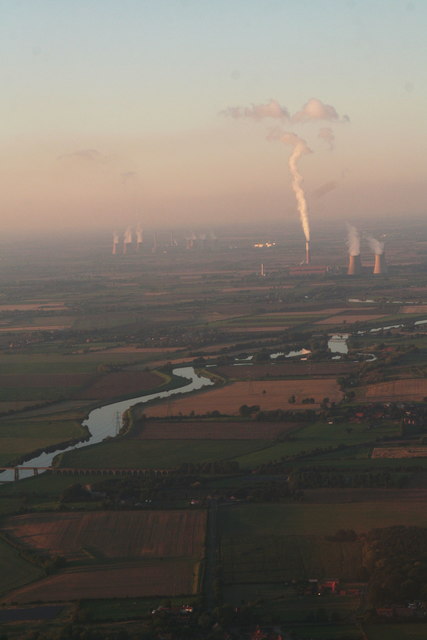
Clifton, North is located at Grid Ref: SK8272 (Lat: 53.239456, Lng: -0.76684)
Administrative County: Nottinghamshire
District: Newark and Sherwood
Police Authority: Nottinghamshire
What 3 Words
///diplomas.admiral.secrets. Near Sutton on Trent, Nottinghamshire
Nearby Locations
Related Wikis
North Clifton
North Clifton is a village and civil parish about 12 miles north of Newark-on-Trent, in the Newark and Sherwood district, in the county of Nottinghamshire...
Clifton-on-Trent railway station
Clifton-on-Trent railway station is a former railway station between North Clifton and South Clifton in eastern Nottinghamshire, England. == Context... ==
Fledborough Viaduct
Fledborough Viaduct is a former railway viaduct near Fledborough, Nottinghamshire which is now part of the national cycle network. == History == The viaduct...
St George the Martyr's Church, North & South Clifton
St George the Martyr's Church, North and South Clifton is a Grade II* listed parish church in the Church of England in North Clifton, Nottinghamshire....
Fledborough
Fledborough is a hamlet in Nottinghamshire, England. Although now redundant, the Anglian parish church of St Gregory's, earned the hamlet the nickname...
St Gregory's Church, Fledborough
St Gregory's Church is a redundant Anglican church in Fledborough, Nottinghamshire, England. It is recorded in the National Heritage List for England...
Ragnall
Ragnall is a village and civil parish in Nottinghamshire, England. At the time of the 2001 census it had a population of 102, increasing to 146 at the...
South Clifton
South Clifton is a village and civil parish in the Newark and Sherwood district of Nottinghamshire, England. It is 11 miles north of Newark-on-Trent. In...
Nearby Amenities
Located within 500m of 53.239456,-0.76684Have you been to Clifton, North?
Leave your review of Clifton, North below (or comments, questions and feedback).







